Just to flag up a new paper that I have been working on with colleagues which has recently been published. It is in an expensive volume (apologies), the first of three. It is a series which will be useful, so persuade your university to get the books for the library. I note that all are available as ebooks, though the price is the same! This work was undertaken while I held a personal fellowship from the Leverhulme Trust – my thanks must go to them for enabling the research!
Wickham-Jones, C. R., Bates, R., Dawson, S., Dawson, A. and Bates, M. 2018. The Changing Landscape of Prehistoric Orkney. In Persson, P., Reide, F., Skar, B., Breivik, H. M. and Jonsson, L. (eds.) The Ecology of Early Settlement in Northern Europe. Sheffield: Equinox Publishing, 393 – 414.
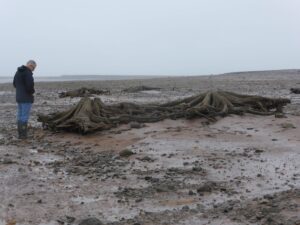
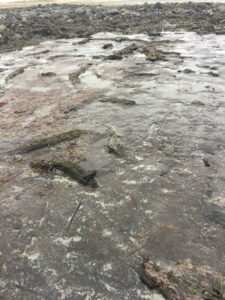
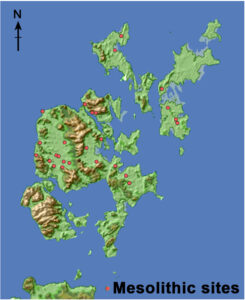
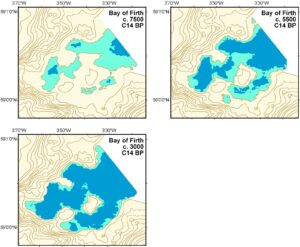
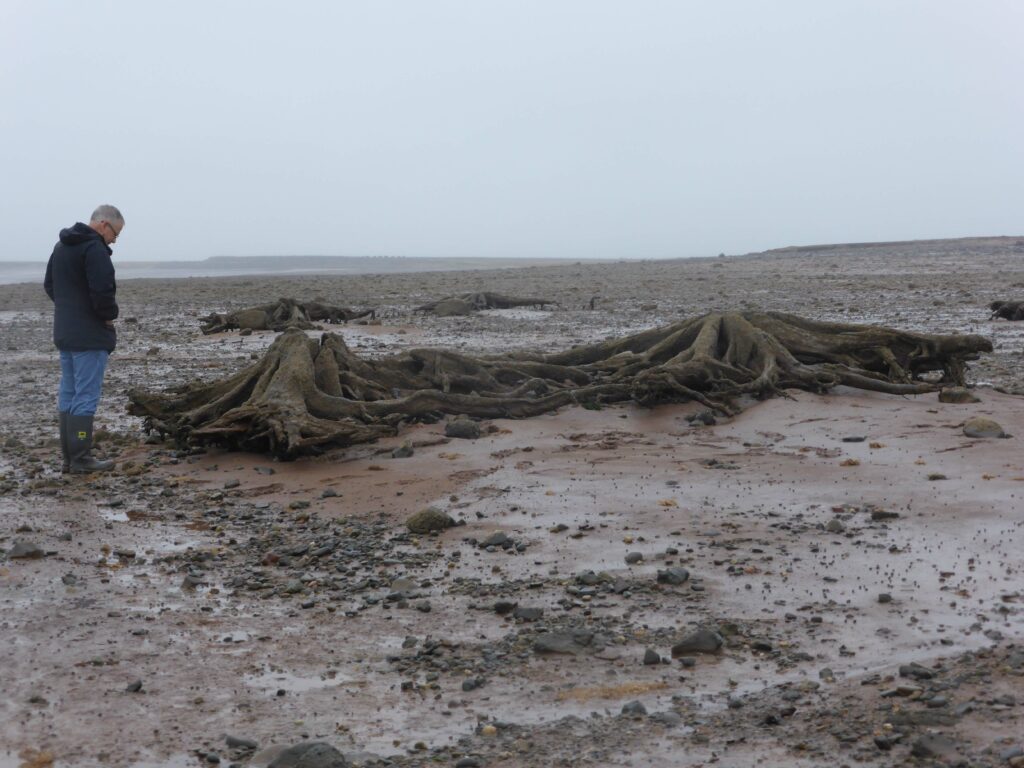
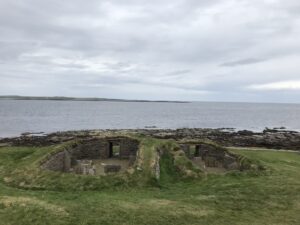
You must be logged in to post a comment.